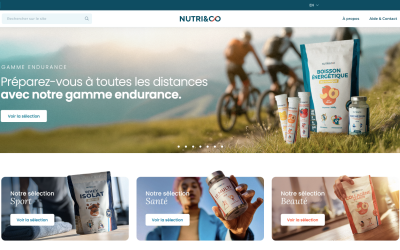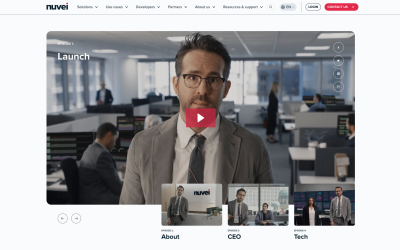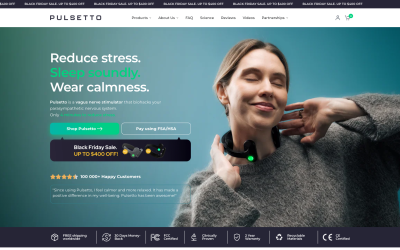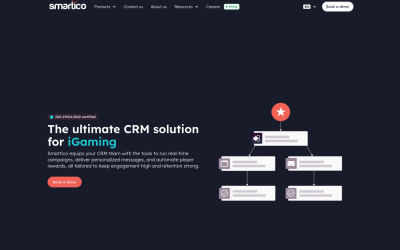Agile SEO transforms traditional optimization strategies by emphasizing rapid implementation and adaptability. This approach breaks down projects into manageable sprints, typically lasting 2-4 weeks, allowing for quick adjustments based on performance data. Teams prioritize high-impact tasks, leveraging data-driven insights for swift iterations. Cross-functional collaboration is essential, integrating skills from various disciplines to align SEO efforts with broader business objectives. By focusing on flexibility and continuous improvement, Agile SEO enables organizations to respond efficiently to algorithm changes and shifting user behaviors. The following sections explore these principles in greater depth.
Essential Insights
- Break SEO projects into small, manageable sprints with clear goals and priorities.
- Implement rapid measurement and iteration cycles to quickly adjust strategies based on data insights.
- Foster cross-functional collaboration among SEO, content, development, and analytics teams.
- Utilize agile project management tools to track progress and facilitate communication.
- Continuously optimize and refine SEO efforts based on performance metrics and user feedback.
Understanding the Core Principles of Agile SEO
Agile SEO is a new way to do search engine optimization.
It focuses on being flexible, working together, and always getting better.
Instead of doing big projects all at once, we break them into small, easy tasks.
We focus on the tasks that make the most difference.
We often check how things are going and change plans based on what the data shows.
This helps us stay on the right track.
Talking openly with team members is a big part of Agile SEO.
It helps us stay ready for changes in how people search and how search engines work.
With Agile SEO, we can quickly adapt to new user habits and search rules.
Breaking Down SEO Projects Into Manageable Sprints
Breaking down SEO projects into manageable sprints is a key aspect of Agile SEO.
This approach involves defining clear sprint goals, prioritizing high-impact tasks, and implementing a cycle of rapid measurement and iteration.
Define Sprint Goals
When we use Agile methods for SEO, it's important to set clear sprint goals.
These goals help us break big projects into smaller, easier parts.
Sprint goals keep the team focused and on track.
They make sure everyone's work is aimed at specific goals within a certain time.
Each goal should be specific, measurable, achievable, relevant, and time-bound (SMART).
This way, every sprint helps our overall SEO plan and shows real results.
Prioritize High-Impact Tasks
Prioritizing high-impact tasks is key for good SEO project management.
By focusing on activities that give the best results, teams can work smart and reach goals fast.
A smart way to prioritize tasks ensures resources are used well and important goals are met.
| Impact | High | Low |
|---|---|---|
| Urgent | *Critical fixes* | Minor updates |
| Important | *Content strategy* | Routine maintenance |
This simple chart helps you see what needs attention first.
Urgent tasks are those that need fixing right away.
*Important* tasks are vital but don't need immediate action.
By focusing on these priorities, your team will be more effective.
Measure and Iterate Quickly
Agile SEO methods are all about measuring and changing quickly.
We look at important numbers like organic traffic, keyword rankings, and conversion rates.
These numbers help us see what's working and what needs fixing.
By using this data, we can make fast changes to our plans.
This helps us keep getting better and match what search engines and users want.
As an SEO expert with 10 years of experience, I know this approach works.
It lets us continuously optimize and stay ahead in the game.
Leveraging Data-Driven Insights for Quick Iterations
Data-driven insights are key to a smart SEO plan.
They help us make quick changes and keep improving.
By looking at important numbers, we can see where to make things better.
This lets us use our time and resources wisely and get faster results.
Metric: Bounce Rate****
*Insight:* Bounce rate is high on product pages.
*Action:* Improve page load speed.
Metric: Organic Traffic****
*Insight:* Traffic is going down for important keywords.
*Action:* Update your content strategy.
Metric: Conversion Rate****
*Insight:* It's low on mobile devices.
*Action:* Optimize mobile user experience (UX).
Metric: Backlink Profile****
*Insight:* It's weaker than what competitors have.
*Action:* Enhance link-building efforts.
With over 10 years of experience in SEO, I can tell you these steps are crucial.
They help us stay ahead and get our clients the results they want.
Fostering Cross-Functional Collaboration in Agile SEO Teams
Working together with different teams is super important for Agile SEO.
Agile SEO needs everyone to bring their skills to the table.
This helps with new ideas and getting things done faster.
When people with skills in writing, technical SEO, numbers, and building websites come together, it's like magic.
They can quickly react to changes in search engines and what people want.
Talking regularly, having the same goals, and using the right tools make it all work smoothly.
This way, our SEO work matches up with what the whole business wants to do.
And that's a win for everyone!
Adapting to Algorithm Changes and User Behavior Shifts
How can SEO experts stay ahead when search engines and users are always changing?
Staying on top needs smart thinking.
– Keep an eye on algorithm updates.
– Look at how users behave.
– Change plans with new trends.
– Use agile steps to move fast.
– Always test and tweak SEO tricks.
Being proactive helps you stay in the game.
Measuring Success: KPIs and Metrics for Agile SEO
Measuring success with agile SEO is important.
We use key performance indicators (KPIs) and metrics to help us.
Some important ones are organic traffic growth, keyword rankings, conversion rates, and page load times.
As an SEO expert with 10 years of experience, I know the value of checking these metrics often.
We use tools like *Google Analytics* and *Search Console* for real-time data.
This helps us see how well our strategies are working.
When we watch these numbers carefully, we can make quick changes.
This way, we get the best results in a fast-changing digital world.
Final Thoughts
Agile SEO is a new way to handle search engine optimization.
It focuses on being flexible, working together, and making quick changes.
By breaking big projects into smaller parts, teams can manage them more easily.
They use data to make smart choices and work together across different groups.
This helps them quickly adjust to changes in search engine algorithms and how people use the internet.
With this approach, SEO teams can move fast from planning to doing.
They keep improving their strategies based on live data.
Agile SEO helps businesses stay ahead in the fast-changing online world.
It leads to real results and lasting growth.
Discover more about our services like Google Autosuggest Creation Service, iGaming SEO, and professional SEO services.



































